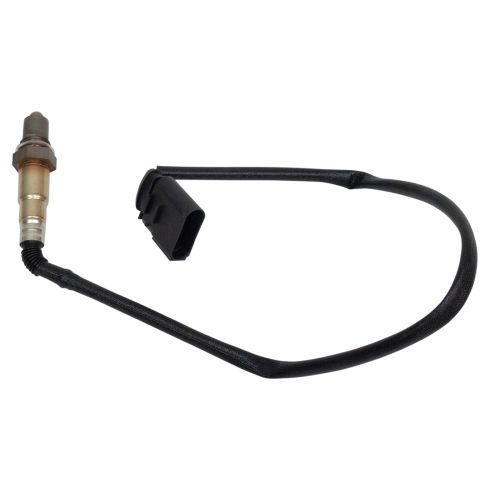1AEOS00099-VW Beetle Golf Jetta Touareg O2 Oxygen Sensor TRQ OSA61233

Replaces
2000 VW Jetta L4 1.8L Downstream Bank 1 Sensor 2 O2 Oxygen Sensor TRQ OSA61233

Product Reviews
Loading reviews
4.83/ 5.0
6
6 reviews
O2 sensor volkswagen jetta
March 18, 2017
Fit perfect and it was at the door when expected. Alot cheaper then buying it at Autozone also
O2 sensor
November 28, 2017
Direct fit as promised. Easy install and did the trick.
O2 senser
April 21, 2018
super fast shipping as usual and great partsI always a pleasure to do business with
Downstream O2 sensor
July 2, 2019
Replaced sensor on 2004 VW Beetle. Works fine but wasn't the problem.
November 2, 2019
Its an excellent product
June 11, 2023
Great
Customer Q&A
No questions have been asked about this item.
Volkswagen is a registered trademark of Volkswagen AG. 1A Auto is not affiliated with or sponsored by Volkswagen or Volkswagen AG.
See all trademarks.












